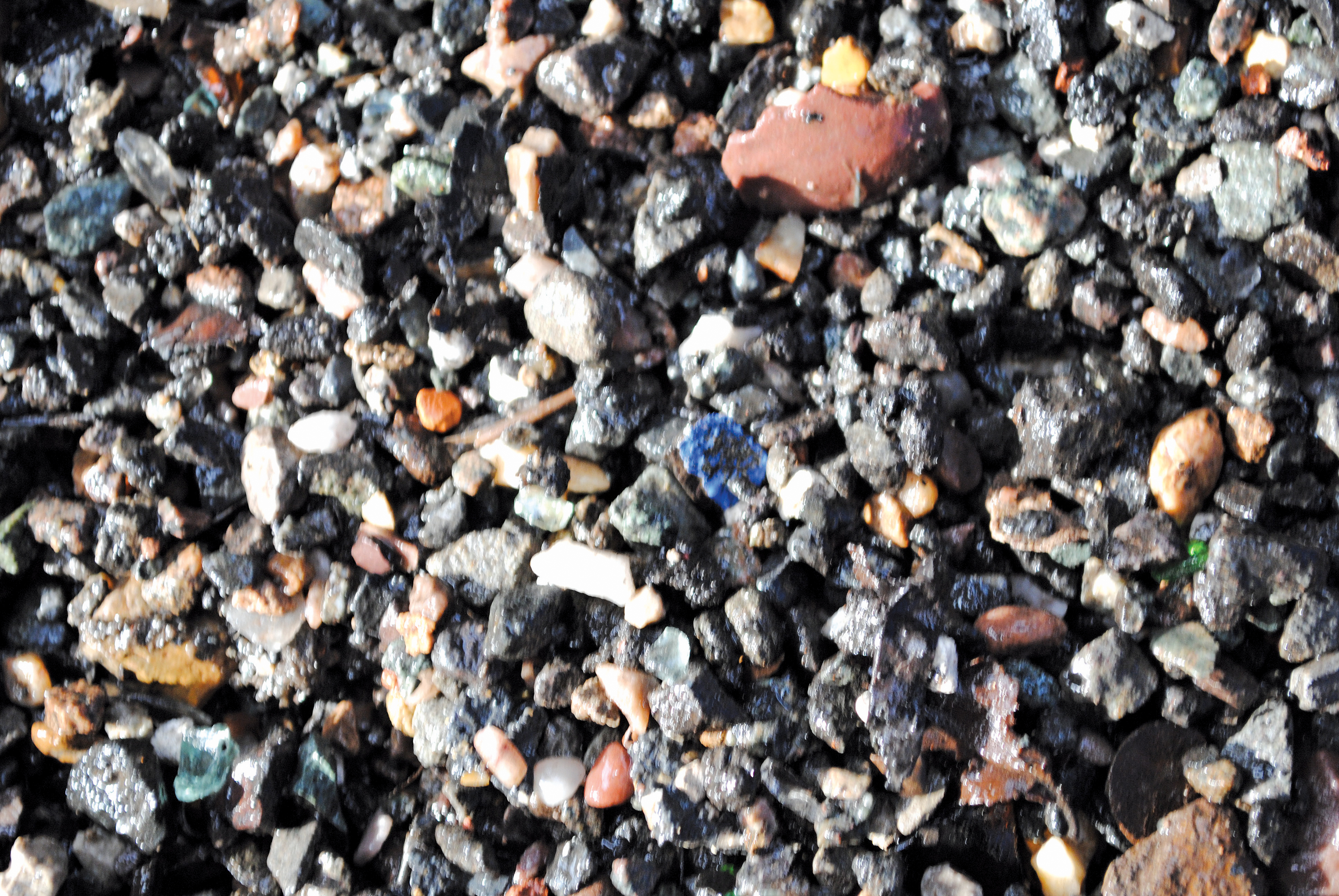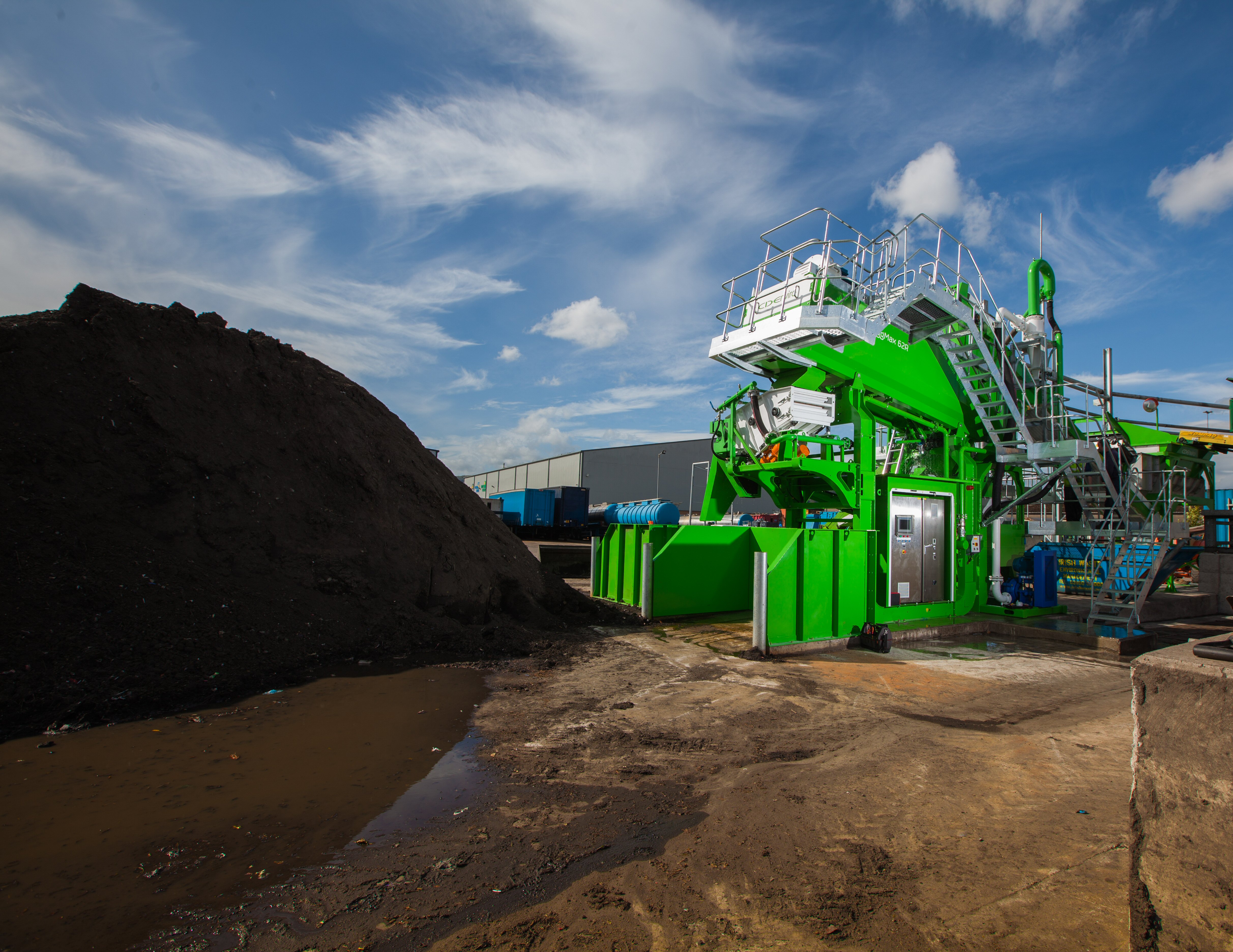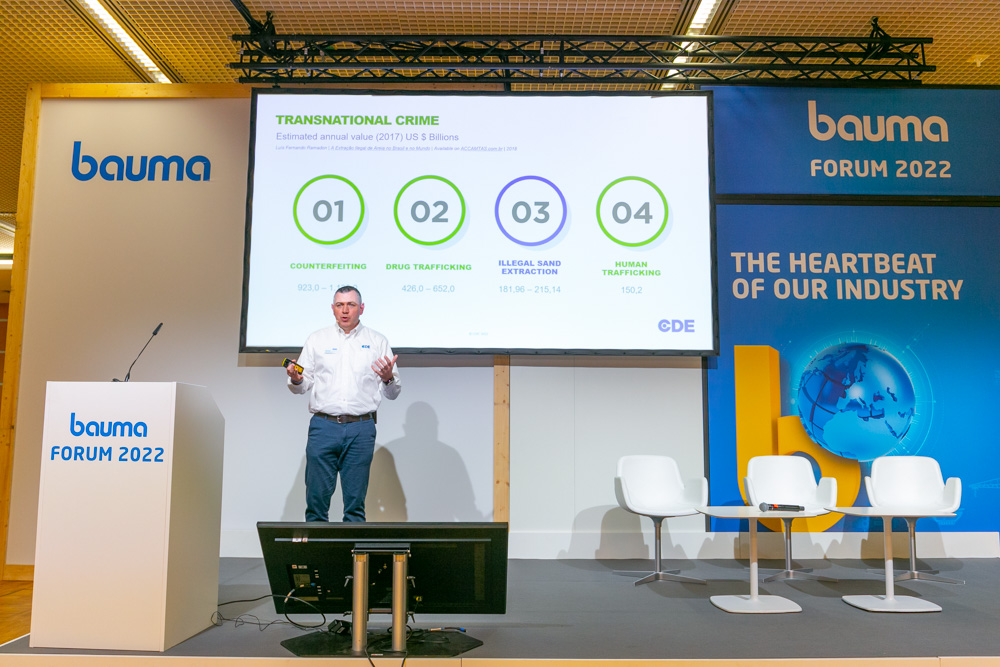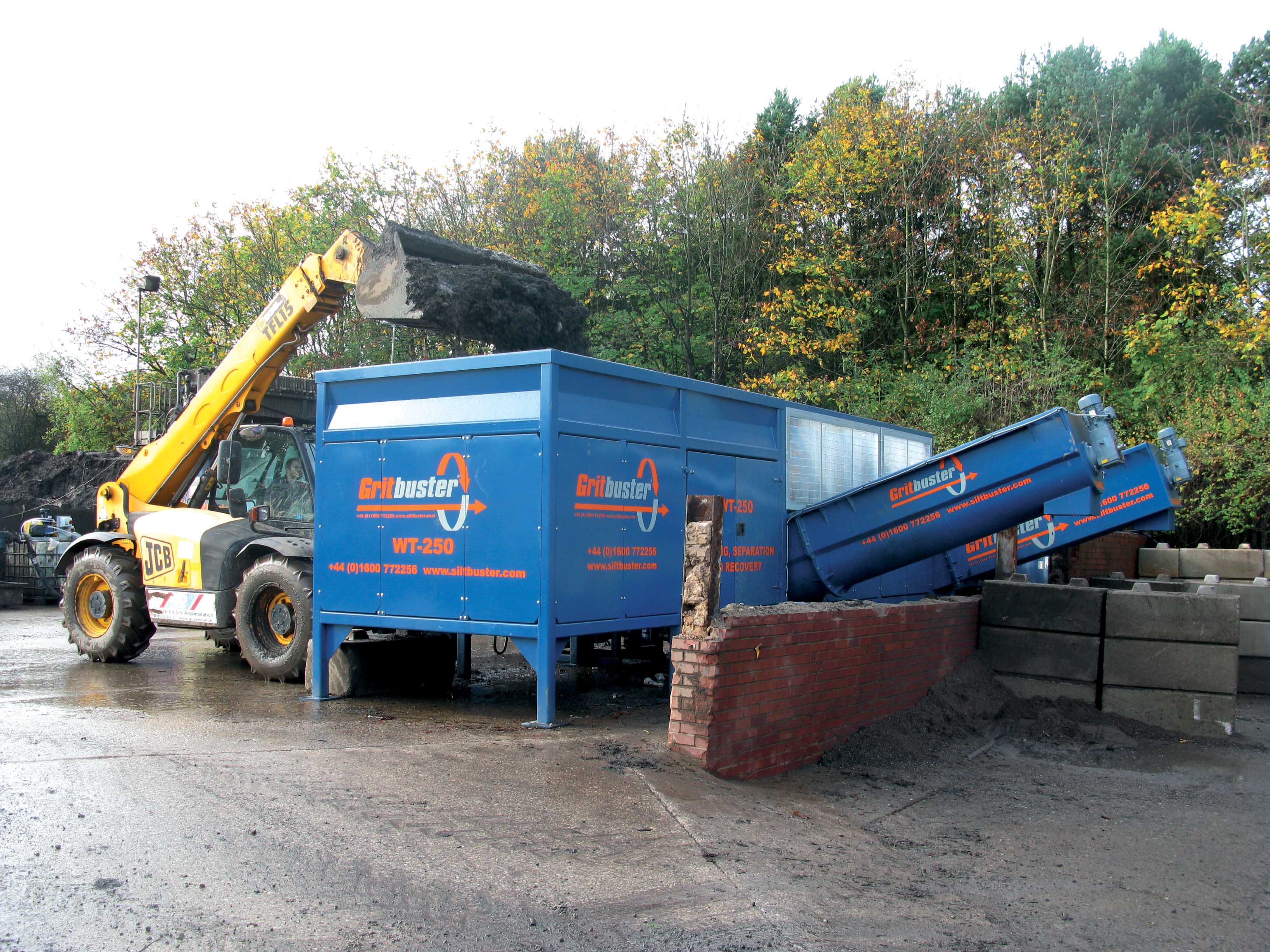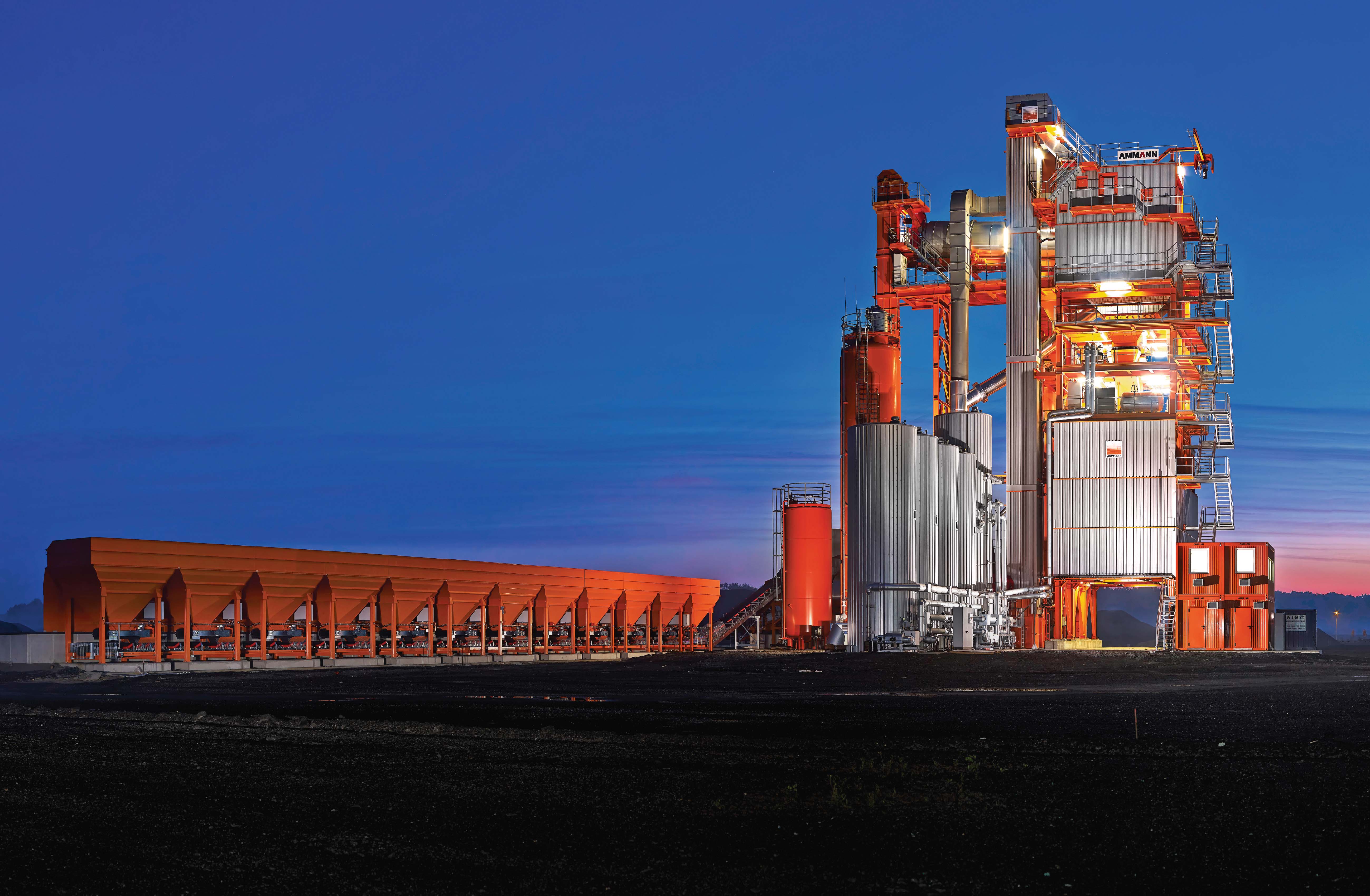Brussels calls for 70% recycling of construction waste by 2020 but *Peter Craven asks if there is a greater target to be achieved in the UK. In the UK, over 90 million tonnes of construction, demolition and ground excavation (CD&E) waste is generated each year from construction, demolition and civil engineering projects. Across Europe this figure is well in excess of 1000 million tonnes and represents a valuable and sustainable asset to the construction sector, as well as protecting natural resources. The r
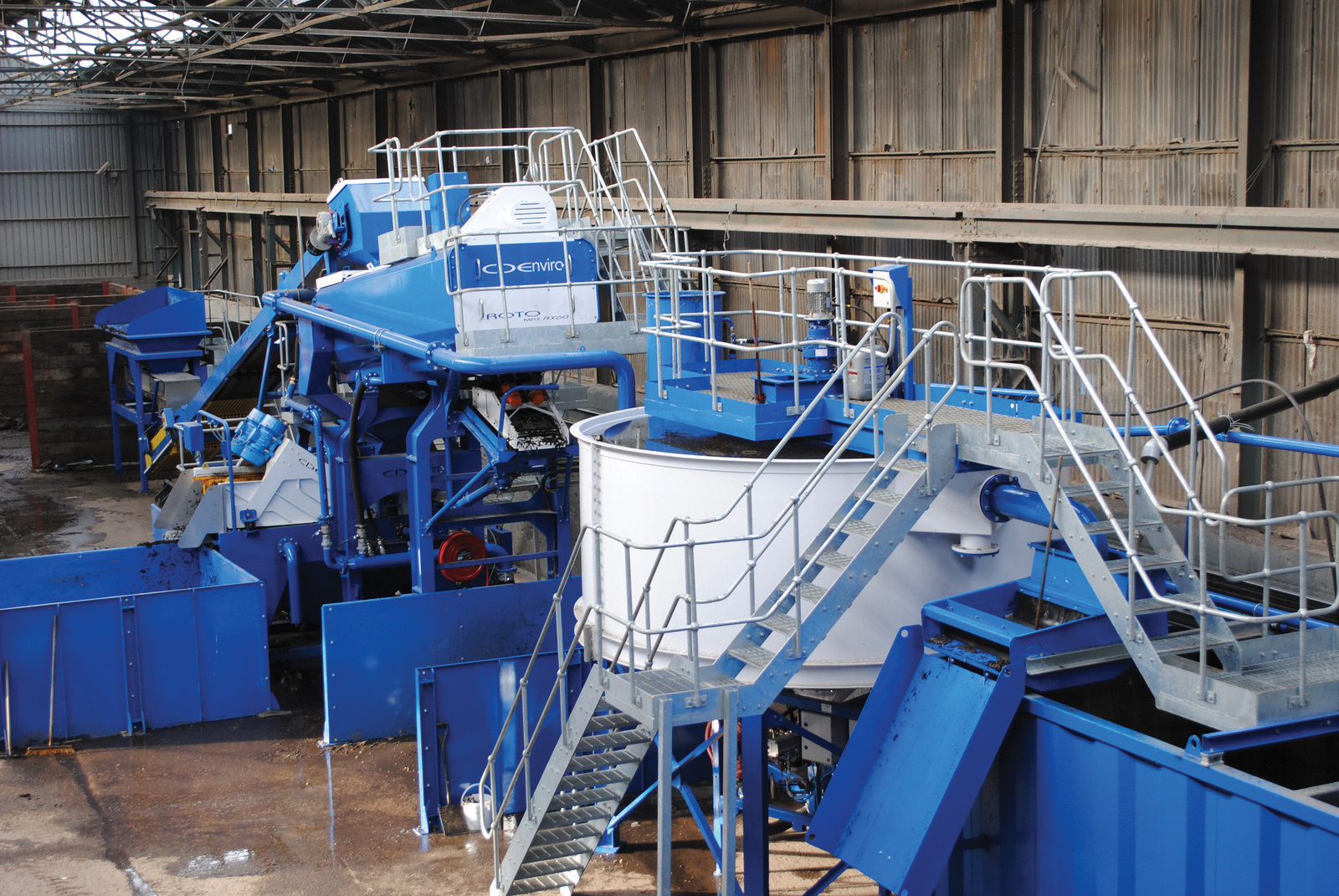
Even gully waste can be recycled to provide a useful product using the latest technology
Brussels calls for 70% recycling of construction waste by 2020 but *Peter Craven asks if there is a greater target to be achieved in the UK
In the UK, over 90 million tonnes of construction, demolition and ground excavation (CD&E) waste is generated each year from construction, demolition and civil engineering projects. Across Europe this figure is well in excess of 1000 million tonnes and represents a valuable and sustainable asset to the construction sector, as well as protecting natural resources.The revised Waste Framework Directive (rWFD) details that all
The UK is currently number one in Europe for the use of recycled aggregates. Up to 20% of construction aggregates in the UK comes from recycling, which represents around 40% of the total CD&E waste generated. Whilst the intention is to meet the targets of the revised Waste Framework Directive, is there a greater agenda that would make the overall process more effective on all levels? Is judging the output of this recycling process by volume alone too short sighted? Are there other criteria that would be good for the industry as well as enabling the UK to recycle far in excess of the targets laid down by Brussels?
The technology for the recycling of CD&E waste has advanced in recent years and now can offer a high value product. Increased processing of waste through existing plants is vital to meet the 2020 targets, along with quicker planning decisions for new plants to increase volume. Planners need to understand that to meet these targets, permission for additional recycling facilities will be crucial.
Recycled CD&E material deserves a higher position in the value chain as the technology to produce a valued product is available now. The construction industry in Belgium achieved more than 90% in recycling CD&E waste material, before pushing the boundaries further by focusing not just on quantity, but improving the quality of the product. This is an initiative that the UK should be leveraging not only to meet EU targets but because it is feasible to process premium product.
Processing quality materials from CD&E waste is not intended to replace virgin aggregates but provide a balance between recycling while protecting stocks of fresh aggregates. Fast changing technology now means that over 95% of CD&E waste can be reused.
What is not changing quickly enough is the attitude of the industry. Planners, architects, specifiers, contractors, as well as the local authorities do need to be aware that high quality standards can be achieved, and when this is understood a more meaningful recycling agenda can be agreed.
The highway sector does recycle waste material but while road planings are ideal for surfacing secondary roads this is not seen as a high value product. Road sweepings and gulley waste, once destined for landfill can also be processed with new washing and screening technology. From 70-80% of this material comprises of mineral content, mainly soils and sharp sand with the remaining 20-30% comprising organics such as rotted leaf, clays and ultra-fine particles, but the processed product is of high quality and value.
So far planners have been slow to grant permissions for new recycling facilities. It is possible planners do not recognise the advances in recycling technology. With a more meaningful recycling agenda being agreed upon the real value should be the ability to deliver high quality materials. The technology is available, as is the expertise and if the industry embraces these changes it can produce higher value products for a receptive market.



